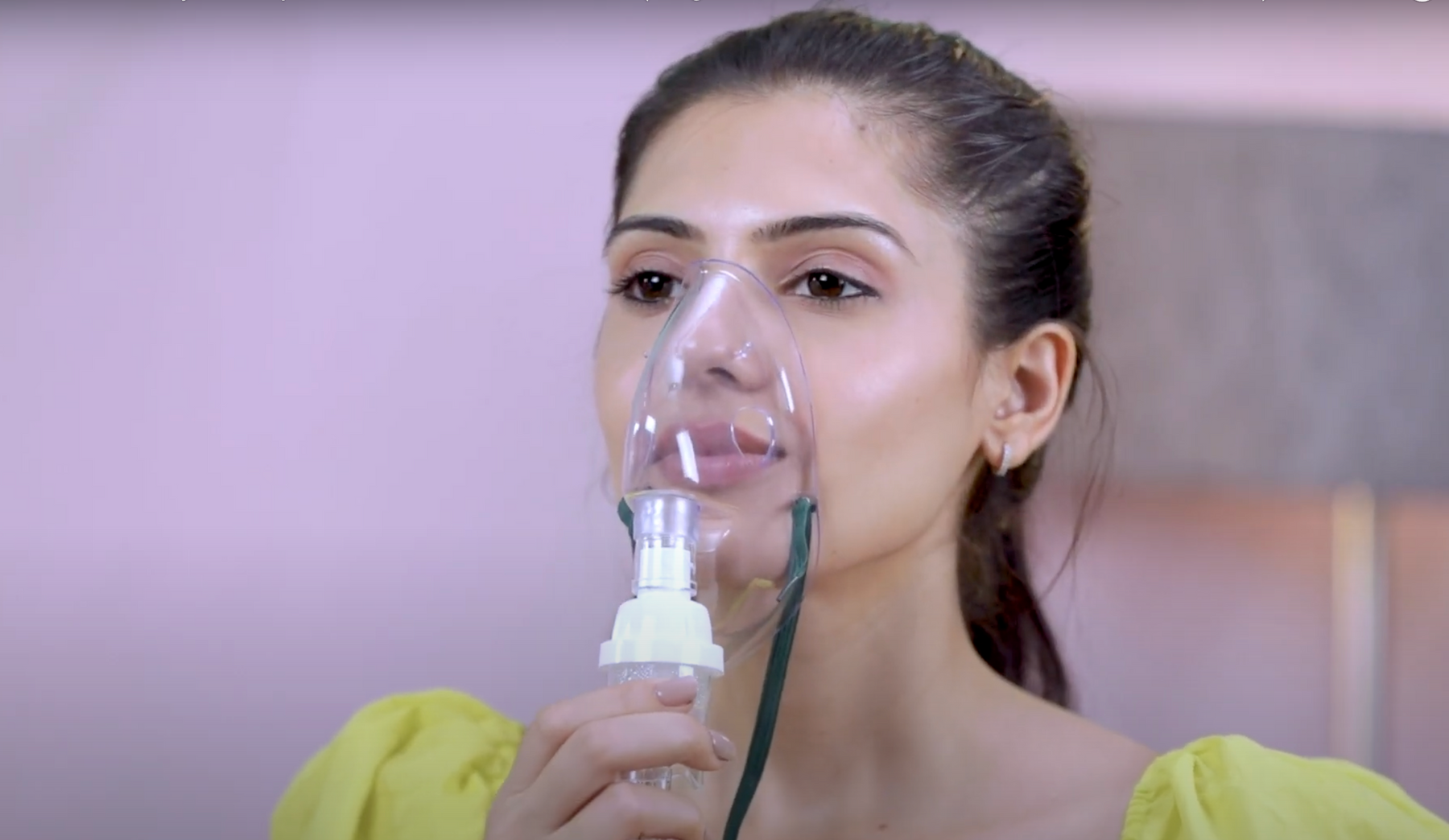Customer Care (10am-6pm Mon-Fri)
-+9172080 88720
Customer Care
(10am-6pm Mon-Fri)
+91-72080 88720

The way to tell if your nebulizer has begun functioning correctly is by listening for a faint hissing sound coming from the device as it starts up. This sound usually lasts about 10 seconds before fading away. However, this sound may vary depending on which type of machine you have purchased. Some machines are louder than others when they begin running. If no noise comes out of your machine after several tries then there may be something wrong with it.
If you find your nebulizer is not blowing the mist as it should, it can be due to dust or dirt that could obstruct the air flow. It means your nebulizer has become clogged. When the nebulizer is clogged, it cannot produce the necessary amount of medication for successful treatment.
The most common causes of clogs are dried medication, water deposits and dirt particles. Clogs occur when residue from past treatments builds up in the tubing and mask or mouthpiece, or when foreign objects enter the system and become lodged inside.
Clogs can prevent air from moving through the system properly and reduce output levels significantly. In some cases, they can even cause damage to other parts of your nebulizer machine.
It's important to identify a clog quickly so you can take steps to unclog it before any further damage occurs.
How to inspect if the nebulizer is producing mist or not?
You can inspect if your nebulizer is producing mist by conducting a simple test. Simply put the medicine in the container, turn on your nebulizer and place the paper towel beneath the mouthpiece. Then observe how much liquid has been exhaled out once using it. There should be some liquid on the paper towel which makes it feel a little wet. If nothing comes out then chances are either too little medicine was added during administration or there’s something wrong with its nebulizer.
How to unclog a nebulizer?
Empty all remaining liquid medication out of the nebulizer chamber and remove any loose debris that may have gotten stuck inside it. Then clean all removable parts with warm soapy water and rinse them thoroughly with cold water before drying with a soft cloth.
If there are still traces of old medication on these components, use a cotton swab dipped in white vinegar solution to scrub away stubborn residue without damaging any plastics or metal components in your device.
Once all external surfaces have been cleaned, inspect the tubing for evidence of blockages which could impede airflow during operation. if you find any, straighten out these sections using gentle pressure.
Fill your reservoir with distilled water only (no medications) and run your machine for several minutes to flush out any remaining debris that may be trapped within its internal components. This will help your nebulizer to have better performance.
It's also important to regularly replace filters on your nebulizer unit as well. These will often trap small particles that accumulate over time which could contribute towards clogging. Replacing filters should be done at least once every two weeks depending on usage frequency.

How to know when nebulizer therapy is finished or done or when to stop nebulizer?
You can know if nebulizer therapy is done by listening for the sound of air passing through the chamber tube of your nebulizer. This sound indicates that all medication has been dispensed and inhalation therapy completed.
You should check the instructions that come with your particular nebulizer machine as these will tell you how long each treatment should last as well as any specific instructions regarding finishing a treatment. Generally speaking, a single session of nebulization usually lasts anywhere from 5-15 minutes depending on the size of dose prescribed by your doctor and type of medication being used.
The best practice to keep track is by using either an alarm or timer for the time prescribed by the so there’s no confusion over whether enough time has passed or not.
Why does your nebulizer tubing get moisture in it?
When using a nebulizer, air passes through the machine and out of the mouthpiece or mask with which it is attached. As this air passes through the tubing, it causes condensation due to temperature change. This condensation builds up over time as more air passes through and becomes trapped within the tubing.
If humidity is present in the room then moisture may be drawn into the system when using the nebulizer. Moisture can also enter through leaks in worn or damaged parts of the nebulizer system such as connectors or seals or other accessories used with it.
Moisture can also build up by incorrect usage of your device. For example if you don’t turn off your compressor after each use then it will allow hot air from its motor to pass through it. It results in condensation inside the tubing as air cools down.
How to prevent moisture inside the nebulizer tubing?
In order to prevent excessive amounts of moisture accumulating inside your tubing, you should keep eye on any signs of damage which could lead to leakage. You should clean all parts regularly according to manufacturer's instructions and follow correct procedures when using them. It’s also advisable to empty any remaining liquid after use. This will help you to avoid moisture.
Leave a comment